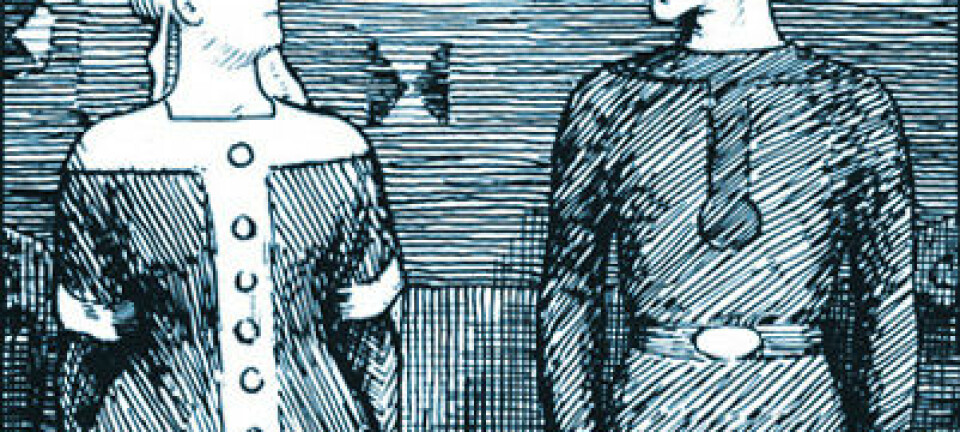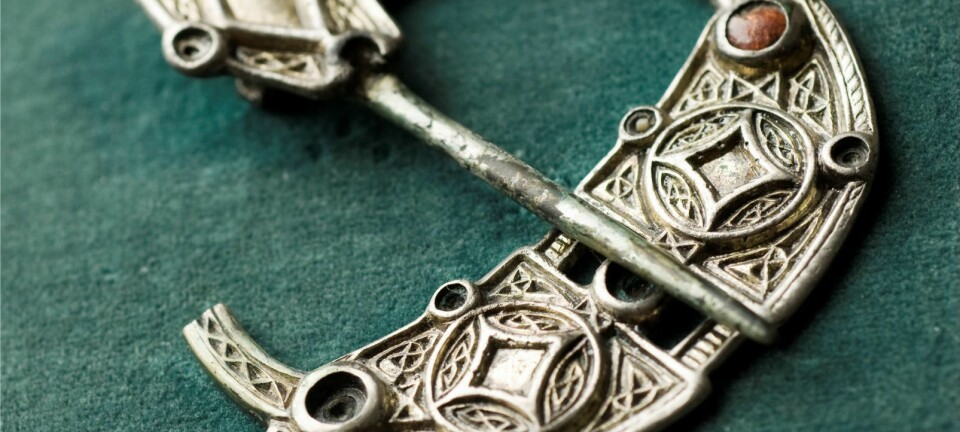
DNA study: Vikings were plagued by intestinal parasites
A study of the remains of a 1,000 year old latrine reveals an unpleasant fact about the Vikings.
The Vikings may have been robust types, feared throughout much of Europe, but being a Viking wasn't always much fun and according to a new study the fierce warriors were heavily plagued by intestinal worms.
The study, conducted on thousand-year-old parasite eggs recovered from Viking faeces, shows that both the Vikings and their domestic animals were plagued by parasites -- which most likely enjoyed excellent living conditions in a dirty world in which domestic animals and humans lived in unhygienically close proximity to each other.
Study author, post-doc Martin J. Søe from the Department of Plant and Environmental Sciences and the Centre for Geogenetics at the University of Copenhagen, explains:
"It's fascinating to be able to examine these extremely old parasite eggs and establish which species they came from,” says Søe. “We can use this to say something about what people suffered from during the Viking age and which domestic animals they kept in one location or another. It can also answer questions about the interaction between humans and animals and how close to each other they lived.”
The new study is part of a large scale project in which Danish scientists are charting the evolutionary, demographic, and health-related stories from the earliest settlements and up to modern times.
The results were recently published in the Journal of Parasitology.
New tool for archaeologists
Professor Søren Michael Sindbæk from the department of culture and society, mediaeval and renaissance archaeology at Aarhus University says the study is a good example of the benefits of collaboration between archaeology and the study of genetics.
"Having this extra dimension in our work is extremely exciting for archaeologists. It means that we can begin to answer questions we couldn't answer before,” says Sindbæk. He was not involved in the new research but has read the scientific article.
"For instance," he says, "we can learn about the conditions people lived under in the past, which diseases they suffered from, whether they lived apart from their animals or whether they continued to live as peasants, sharing their quarters with their livestock."
He hopes to see much more of this kind of research in the future.
Examined eggs from a Viking lavatory
In the study, Søe examined the content of parasite eggs in soil samples from a Viking settlement near Viborg. The soil samples came from a latrine used during the period 1018-1030.
The scientists began by separating the ancient parasite eggs from the soil and then extracted DNA from them.
By sequencing the DNA, Søe was able to determine which species of parasite the eggs came from and whether the species infected humans.
The study shows that the soil samples contained parasite eggs from roundworm and human whipworm, along with liver fluke from cattle or sheep
"You can't tell if they come from parasites that infected humans or animals by simply looking at the eggs,” says Søe. “But by examining their DNA, we are able to confirm what we until now have only believed to be the case: that a thousand years ago, humans carried these parasites around.”
Parasite eggs reveal migration patterns
DNA sequencing of parasite eggs has a variety of potential future uses, says Søe.
One of these is that DNA sequencing of parasite eggs can be used to tell us something about how people spread the parasites around the globe.
The human parasites probably hail, just like us humans, from Africa, and have since been spread around the world by human travels.
By examining the differences between the parasites' DNA, scientists are able to determine where parasites come from -- and with that, when humans arrived in a given area.
"This is yet another way we can use genetics to understand something about humans and our past,” says Søe. “This is something we will continue to work on.”
---------------
Read the original story in Danish on Videnskab.dk
Translated by: Hugh Matthews









